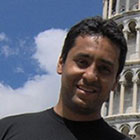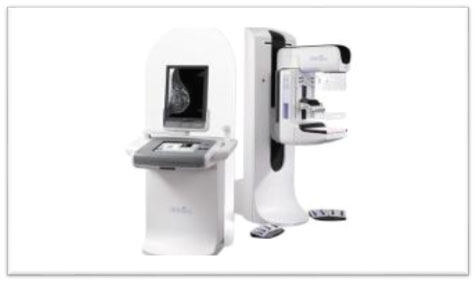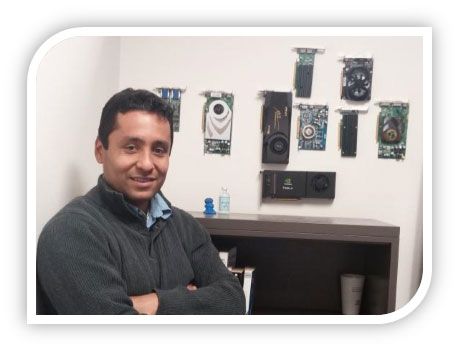 CUDA Spotlight: Diego RiveraBy Calisa Cole, posted Nov. 8, 2013  GPU-Accelerated Cancer DetectionThis week's Spotlight focuses on Diego Rivera, a senior software engineer at Hologic, Inc. Hologic is a leading developer, manufacturer and supplier of diagnostic products, medical imaging systems, and surgical products, with an emphasis on serving the healthcare needs of women throughout the world. This interview is part of the CUDA Spotlight Series. Q & ANVIDIA: Diego, tell us about your role at Hologic. NVIDIA: What are some key challenges in your field? Despite the challenges, the tomosynthesis modality has proved more advantageous in early detection of cancer cases than the usage of standard digital images and has the potential of reducing the number of false positives. Our goal is to enable everyone to embrace this medium. One of our objectives is to improve the patient experience by controlling dose and time in compression without sacrificing image quality. Real-time tomosynthesis would simply not be possible without GPUs. Our solution is deployed in a variety of hospitals and health care centers, including Massachusetts General Hospital and Bethesda Women's Health Center. NVIDIA: What specific approaches did you use to apply the CUDA platform to your work? In addition, NVIDIA Nsight analysis activity has helped us to graphically identify algorithmic slots, where we have tuned CPU/GPU co-scheduling through OpenMP/CUDA. NVIDIA: How did you first learn about CUDA?
NVIDIA: Do you have advice for young people considering an engineering career? Specifically, knowing about GPUs -- and "thinking parallel" -- can open a universe of opportunities where your knowledge will be important and appreciated. Plus it's a great feeling to know that your work is making a difference in the world. Bio for Diego RiveraWhen Diego Rivera is not thinking about CUDA and parallel programming, he enjoys hiking with his kids and wife in the Massachusetts countryside. He is a graduate of the University of Cauca (BSEE), University of Puerto Rico (MSEE) and Northeastern University (MSCE). Contact Info |

